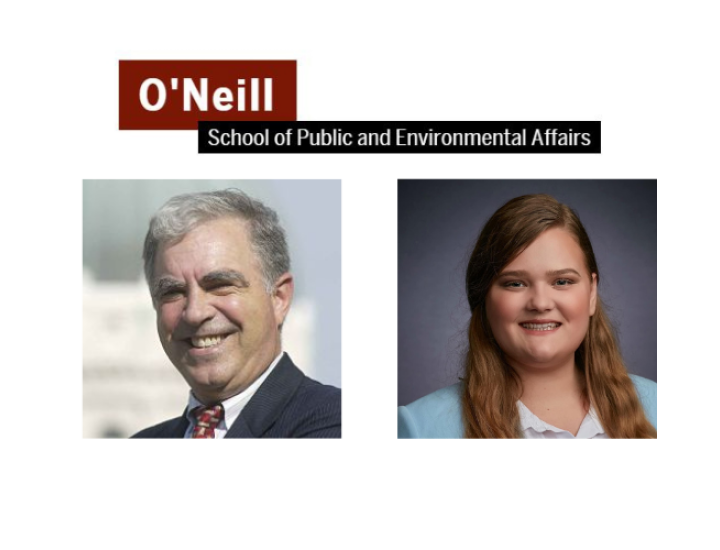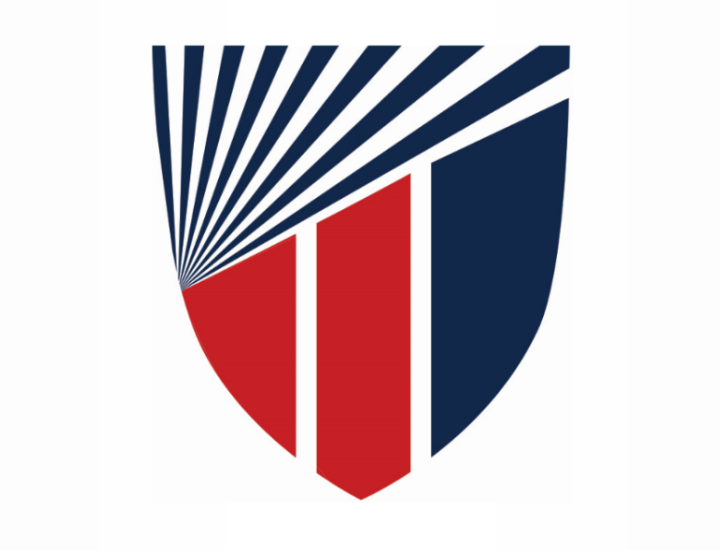What's Next in the Evolution of Public Service Education?

The first installment of this blog series can be found here.
The model we used to study the evolution of public service education (see “The Evolution of Organizational Forms for Public Service Education”) draws from the classic evolutionary model in biology. Thus, it is worth asking whether evolution can be controlled. In a strict sense, the answer may be no, but our research illustrates several ways in which the evolution of organizations for public service education are influenced.
During the last 50 years, macro and micro factors have altered organizational forms in perceptible ways. At a macro level, changing parental expectations and finances (i.e., change above the level of the species), particularly in public universities, have been influential in expanding receptivity to undergraduates in public service education. Increasing options for undergraduate development within public service programs (for example, civic engagement and liberal arts options to augment traditional professional options) has influenced microevolution (change below the level of the species).
We, therefore, envision many prospects for continuing changes even if evolutionary forces remain strong and the normative model we describe in “The Evolution of Organizational Forms for Public Service Education” is ascendant. Although our research indicates a significant growth of undergraduate public service education, we envision further expansion. One potential arena is reaching beyond the boundaries of public service education units on university campuses. Arizona State University’s (ASU) Public Service Academy, which seeks to engage students about public service across the campus, is one model. The ASU model stimulated the Volcker Alliance’s Next Generation Service Corps that seeks to diffuse the concept. The ASU Academy model recently spread to Montclair State University when its founder at ASU was appointed Montclair State University president.
The major surprise in our analysis of the evolution of public service education is the extent to which the experience and expertise of public service professionals have been incorporated into delivering programs. Professors of practice and clinical and adjunct faculty have become common. As we observe in our article, this trend reflects an important shift that incorporates the values and implicit knowledge of practitioners into professional development, with significant consequences for relationships between theory and practice, complex relationships between values and behavior, and ethical choices and behavior involving the public good.
The dramatic changes in public service education—from programs focused primarily on masters-level degrees to multi-degree and multi-service and policy entities—suggest another evolutionary frontier, continuing education. The advent and expansion of online education have already enhanced universities and people seeking continuing education to come together to match the capacity and need for education for public service. But online education is only one avenue for expanding continuing education. The increasing representation of professional faculty and penetration of public service programs and schools into service arenas such as nonprofit management, health policy, and management, and criminal justice and policing likely signal ever-expanding prospects for continuing-education programs to serve the needs of millions of public servants.
At the same time that professional values and experience have achieved increased influence, some gaps between “theory” and “practice” may have widened. A summary of sentiment from a gathering of deans concluded “there may be tension between ensuring scholarly rigor within the academy and promoting strong engagement with the practice of public administration. Some attendees went further, voicing concern that a growing focus on the former is undercutting the latter” (p. 3, Volcker Alliance, “Tenure and Promotion at Schools of Public Affairs”)
One example of remedial action to address the gap identified by deans is the American Political Science Association (APSA) Pracademic Fellowship Program. The program supports “mid-career faculty members to work in federal government agencies in the Washington, D.C. area. Pracademic fellows work directly with decision-makers involved in programs of their interest and get a first-hand vantage point of a federal agency’s decision-making environment”. The program is funded by a future bequest from 2012 APSA Gaus Lecturer Beryl A. Radin, whose Gaus lecture, “Reclaiming Our Past: Linking Theory and Practice” reminded us that practice and theory are not two separate cultures in the applied fields represented in schools and programs delivering public service education. The concept behind APSA’s program has recently been embraced by the Intergovernmental Personnel Act (IPA) Talent Exchange Program, created by the Partnership for Public Service. Both programs are reminiscent of the National Association of Schools of Public Affairs and Administration (NASPAA) Fellows Program, which flourished in the 1970s and 1980s.
A final area in which we envision prospects for evolution is small programs. Although we expect the normative model we describe to continue to ascend, our analysis and the theory behind it indicate that subpopulations of organizational forms—for example, master’s degree–only programs—will persist. Recent technological improvements for online education, geographic concentrations of programs (for example, California State University campuses in the San Francisco Bay and Los Angeles areas), and increasing willingness to organize networks rather than hierarchies are developments likely to facilitate the evolution of small programs, permitting them to mimic developments in the larger population of public service education organizations.
Although we limited our analysis to the US, we believe the evolutionary dynamics will likely extend internationally over time. One reason is that the US is a large portion of the population of public service education organizations globally. Many public service education units in US universities are already major influences on their campuses. The population of public service education organizations in the US is well-positioned as levers for change to fulfill their missions and become increasingly prominent contributors nationally and internationally.


